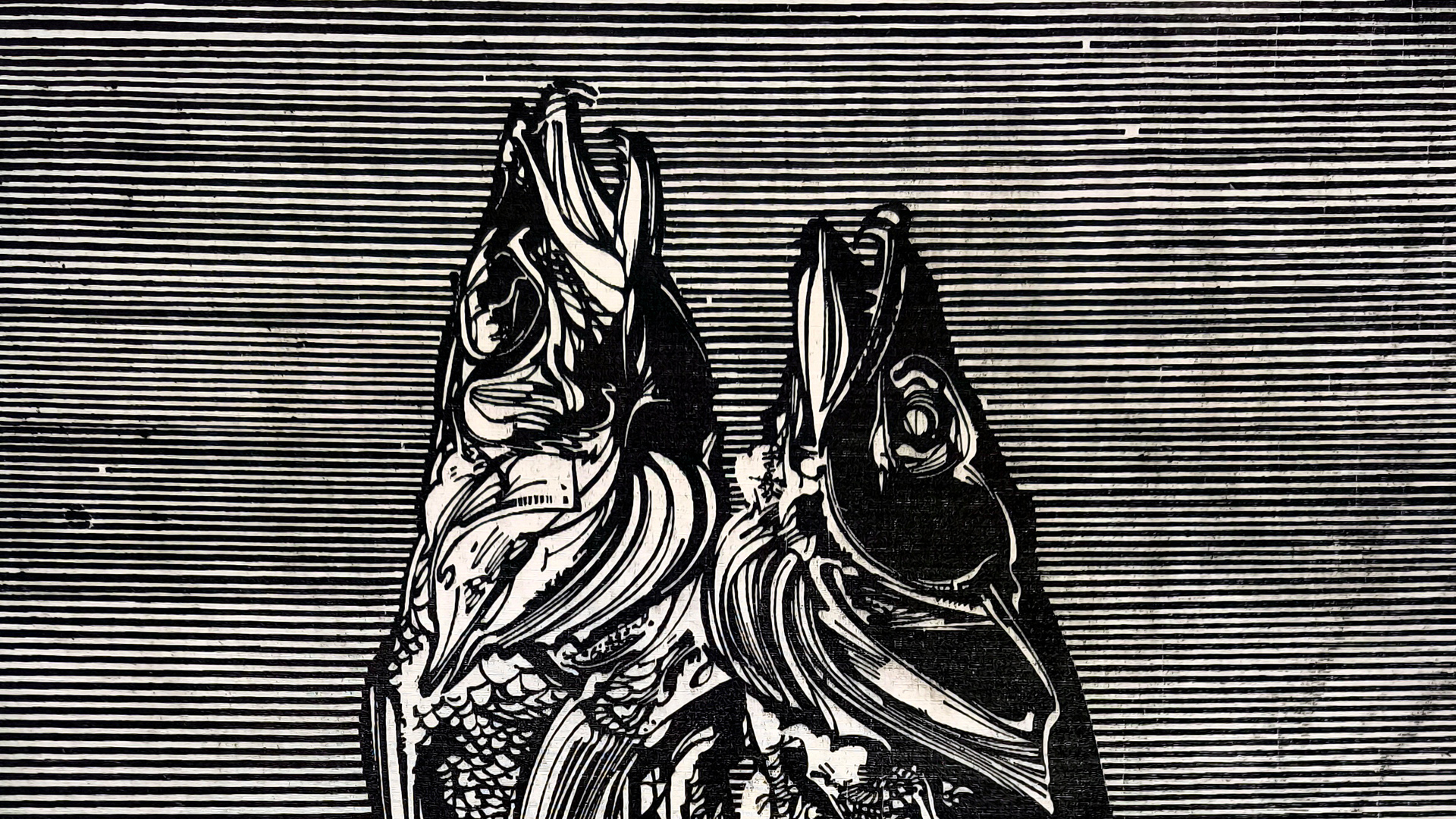
The Cultural Project "LOTCA" gives rise to chromatic symphonies of the arts, through gesture, movement, sound, being represented by the visual arts - painting, graphics, photography, video art, music, poetry and essay. The project is conceived as an ART INSTALLATION, and LOTCA symbolizes an ark populated by arts, which through its passage, brings harmony wich humanity needs.
Lotca carries us from the journey on the waters, in space and time. The message it brings is that of the flow of life, symbolized by the flow of water. Just like thought, lotca glides on the waters connecting places, people, human settlements, ideas, lives, and as the spirit keeps us alive, water is the material symbol of this journey. Accompanying our life from birth to the passage into the beyond, we carry water within us as we carry our consciousness.
Lotca is the witness of this flow, the vehicle of the journey between the material and the immaterial. Like thought, it freely crosses spaces, disregarding barriers and customs. The story of the boat unfolds along the water, descending from rivers to seas. And the mirror of the water rises into the clouds, and returning like a boat of thought, creates vortices in the water of reality. Just like a journey, the symbol of the “LOTCA” offers us events, situations, stories, dramas, states of bliss and despair, wisdom. The boat is the womb that carries us throughout life, prepares us for birth, then passing through the customs of the Other Land, returns us to the womb of the earth.
Iulia Mihalcea
Curator
LOTCA
A hermeneutic sketch of a journey of mystery and vision
Lotca is a bridge between the pragmatic and the sublime. In the embrace of water it unites heaven and earth. Lotca is a boat that comes through this Slavic word, from the depths of the North-Pontic steppes and Eurasia. It has a poetry and a story, a fragrance organically twinned with the life of the Lipoveans, these people of the waters with whom they live in ineffable symbiosis at the mouth of the largest river in Europe, after the Volga, in the Black Sea, a sacred place, a sanctuary, an image of heaven on earth.
Lotca – the boat – the ark and the inhabitants of this magical harbor of the fusion of elements, of sacred antinomies, of solar-lunar ontologies, is a sign and symbol, artifact, vehicle, itself a synthesis, indispensable to life and death on the waters, to existence, and to transcendence. Fishing, as ancestral as hunting, is fertile in religious and spiritual connotations. The Lipovean fishermen were the descendants of the first fishermen on the Don and Dnieper, believers of the old Orthodox rite, heretics driven out in two waves by the religious reforms of Peter the Great and Catherine the Great, in the 18th century. The boat was the one who protected them, who did not want to let them go, to be separated from them. In world mythology, it was a saving link not only of the body but also of the soul.
In this context, the panorama of the metamorphoses of the boat archetype in phenomenology and in post-modern and post-structuralist hermeneutics is instructive. The boat is also a metaphor, a lush, dazzling and fabulous aesthetic object with mesmerizing emanations in the mysterious and disturbing area of the sacred that inspires and fascinates painters and poets alike. Paradoxically, the Romanian matrix space is a round entity delimited by waters, the Tisza, the Danube, the Dniester, the Black Sea. Perhaps not coincidentally,
Fishing is related to contemplative practices, of hermetic wisdom. That is why it is practiced, symbolically speaking, by the first caste of King-Priests, Brahmins in India, Druids in the Celtic world, Dacian Solomonars, shamans in Eurasia in general but also in pre-Columbian America.
Jesus tells the apostles follow me and I will make you fishers of men. In fact, the entire Christian era stands under the sovereign zodiacal effigy of Pisces. The boat symbolizes the Church itself. Noah's Ark saves humanity and nature at the Flood, allowing the cycle of terrestrial civilization to resume.
In this context, the panorama of the metamorphoses of the boat archetype in phenomenology and in post-modern and post-structuralist hermeneutics is instructive. The boat is also a metaphor, a lush, dazzling and fabulous aesthetic object with mesmerizing emanations in the numinous, mysterious and disturbing area of the sacred that inspires and fascinates painters and poets alike.
The boat, like human anatomy, has ribs, indispensable transversal structural elements. Hence, in Romanian and other languages, the meaning of vessel, means not only a boat but also a vessel, a container of vital fluid, a chalice of heavenly manna, the Grail.
The post-structuralist philosopher Michel Foucault, who studied the mechanism of the relationship between power and knowledge, which constitute through their complicity a device of total social control, considered the boat the quintessential specimen of heterotopia. This is a rather abstract concept that has become very attractive for the most recent trends in conceptual art.
But given that the boat is a substance of dreams and oneiric reveries, let's return to its origins through the prism of abyssal psychology, certainly a privileged place for artistic creativity.
The creators of the boat, the Russians, had a Viking ascendancy through the Varangians. The Slavs during the formation of their nation, in a state of division and discord, together with the Finno-Ugrians, the ancestors of today's Finns, asked the Vikings to assist them in unifying their tribes. Thus was born Kievan Rus' with Rurik, a Varangian, as the first ruler and founder of the dynasty. I made this brief historical excursion because many ethno-historians believe that the boat descends from the Viking drakkar.
Critical text
Mihai Hurezeanu